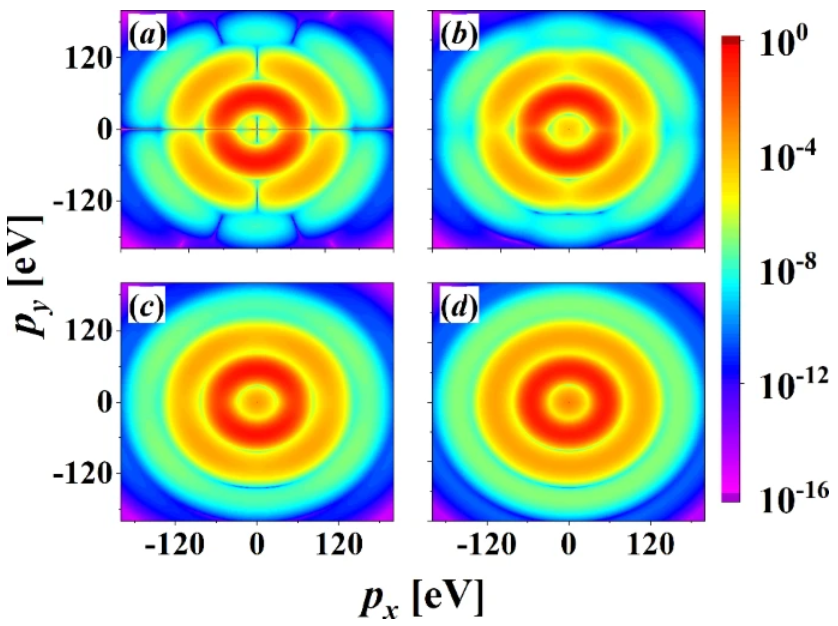EPJ Plus Highlight - Exploring the experimental potential of electron-hole pair production in graphene
- Details
- Published on 16 June 2025

Electron-hole pair production in graphene can mimic many of the key quantum signatures of electron-positron pair production in a vacuum – but with key differences depending on the polarisations of the electric fields applied
Graphene provides a promising platform for exploring exotic quantum phenomena. For example, when an electron in graphene is excited to a higher energy level by an electric field, it leaves behind a positively charged ‘hole – a quasiparticle that essentially behaves like a particle of antimatter. This process is analogous to the production of electron-positron pairs in a vacuum when exposed to strong electromagnetic fields.
Through new research published in EPJ Plus, Zi-Liang Li and colleagues at China University of Mining and Technology provided new insights into how electron-hole pairs form in graphene, when subjected to two polarised electric fields separated by a time delay. Their results show that under the right conditions, graphene can provide a useful platform for precise, controllable, and easily implementable experiments for simulating pair production – offering opportunities to explore quantum effects which would otherwise be extremely difficult to access.
Using a mathematical model for massless particles – applicable in this case since electrons in graphene appear to be massless – the team analysed the momentum distributions of electron-hole pairs under various patterns of polarisation in the electric fields they applied.
They found that when graphene is exposed to a single elliptically polarised field, the resulting momentum patterns strongly resemble those from electron-positron pairs absorbing multiple photons simultaneously in a vacuum. In contrast, when two co-directional linearly polarised fields are applied with a short time delay, graphene exhibits unique concentric ring patterns in its momentum distribution, which are absent in vacuum pair production.
For two circularly polarised fields with the same handedness, Ramsey interference patterns emerge in the momentum distributions of both electron-hole pairs in graphene, and electron-positron pairs in a vacuum. But when the fields have opposite handedness, spiral momentum structures form in graphene which are largely absent in a vacuum.
Altogether, these results demonstrate that, under the right conditions, graphene could become a valuable experimental platform for studying quantum effects that would otherwise be extremely challenging to study.
Jiang, R.Z., Li, Z.L. & Li, Y.J. Electron–hole pair production in graphene by two arbitrarily polarized electric fields with a time delay. Eur. Phys. J. Plus 140, 460 (2025). https://doi.org/10.1140/epjp/s13360-025-06363-4




